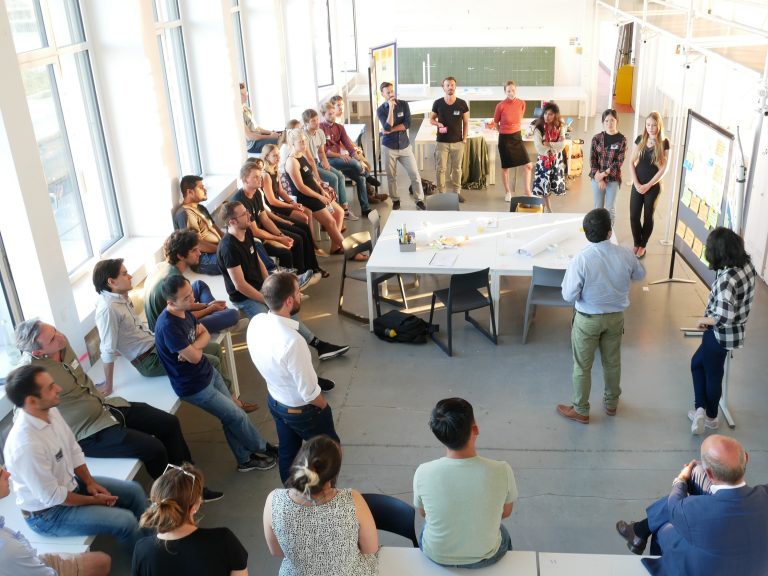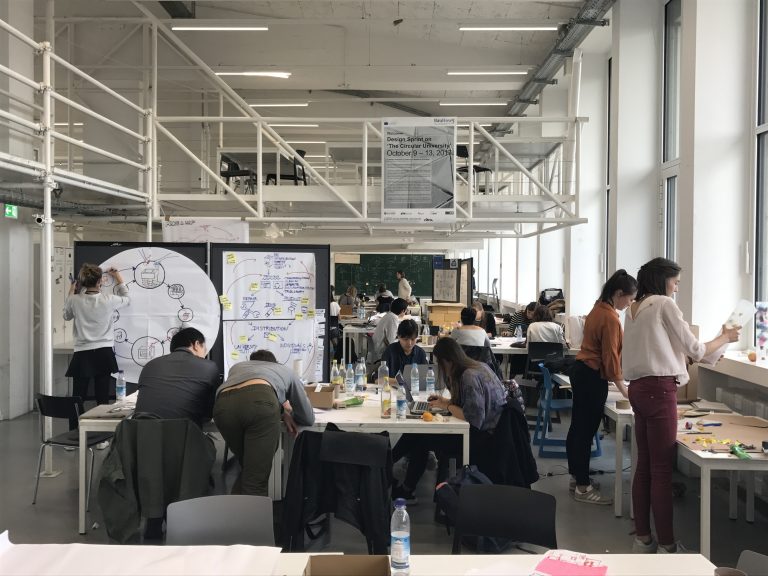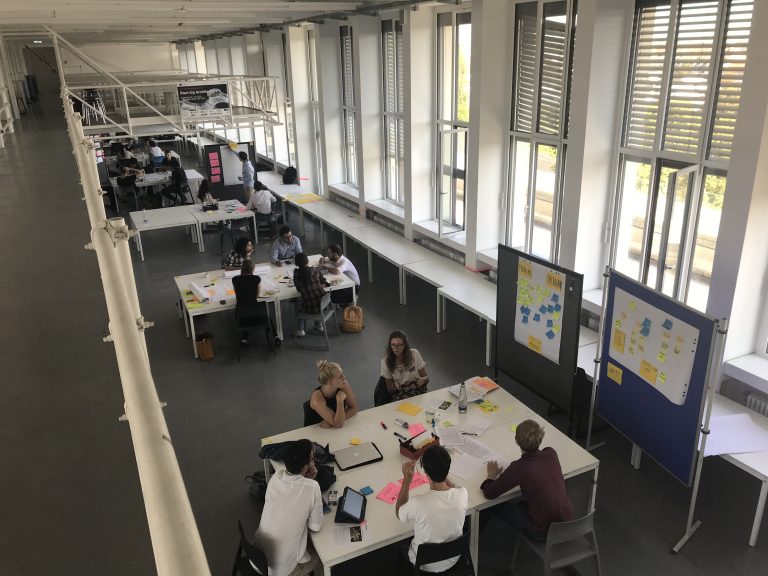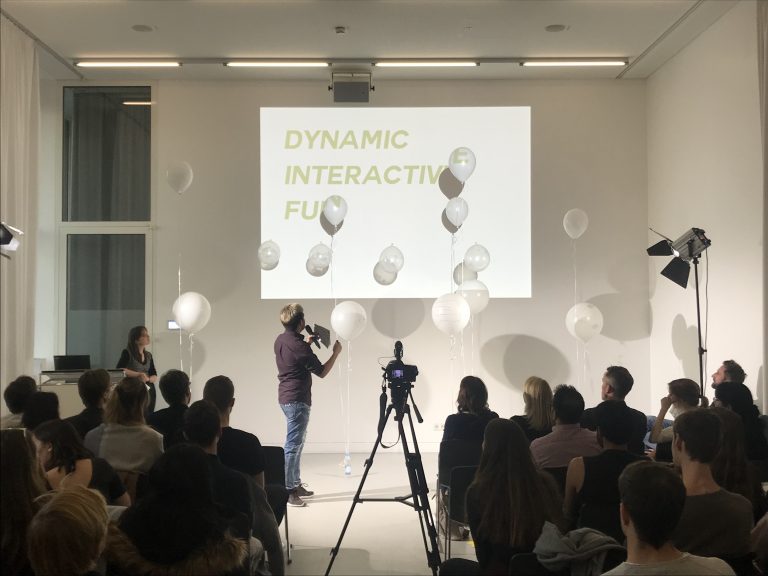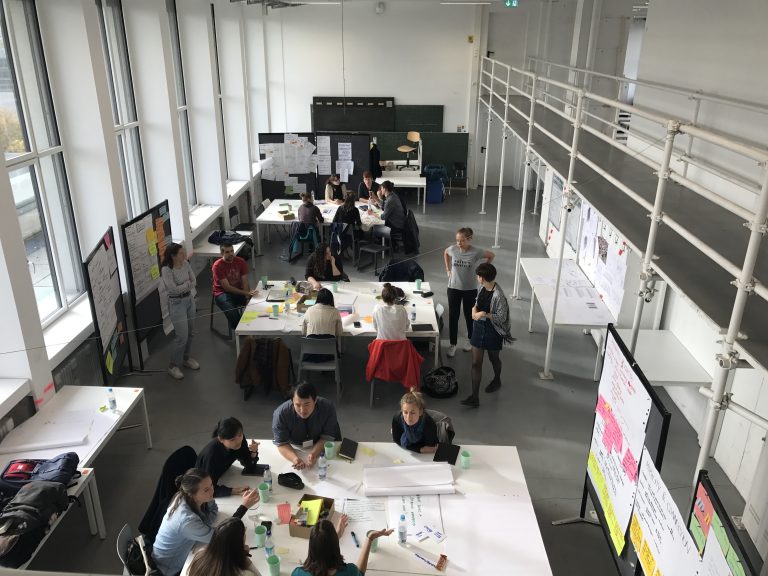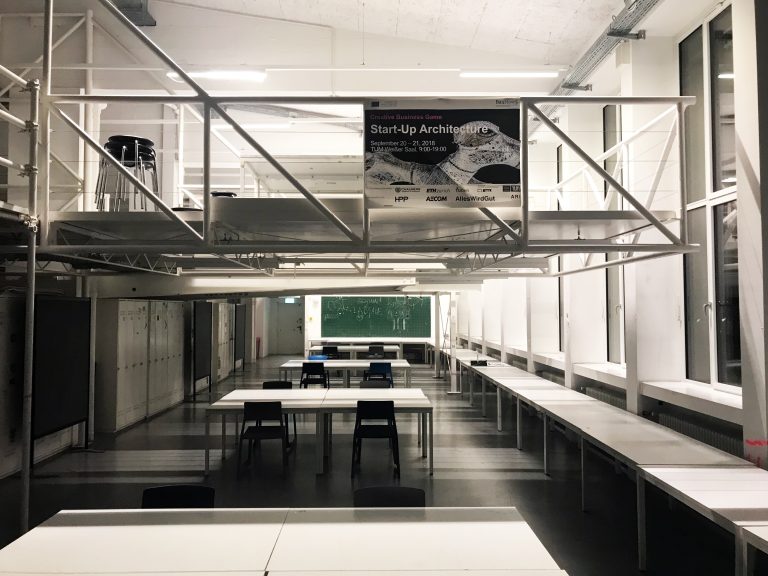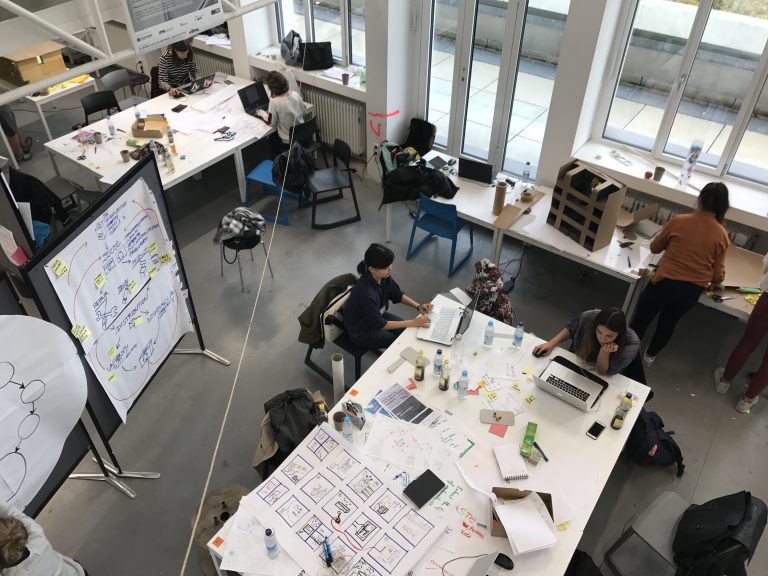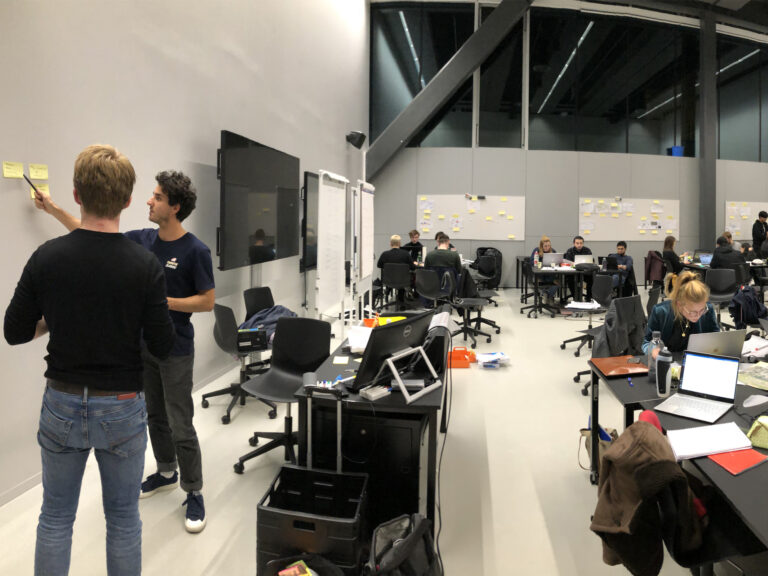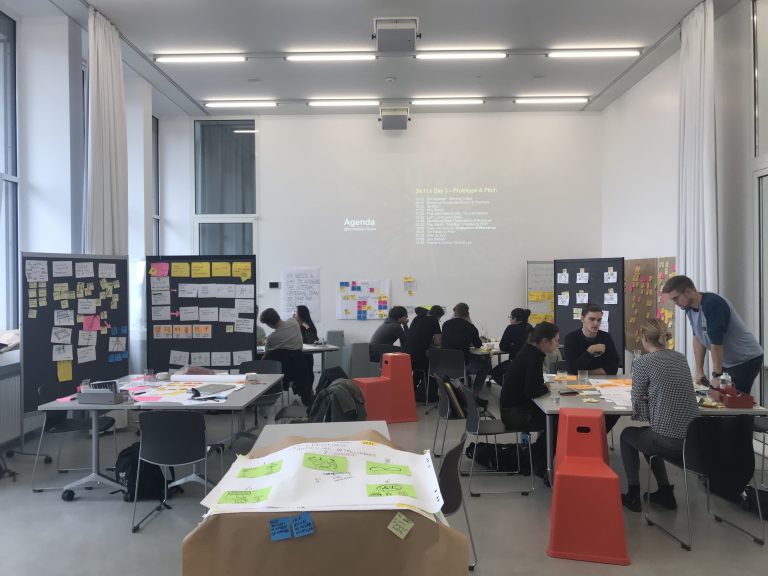BauHow5 is a European alliance of five leading research intensive European universities in Architecture and the Built Environment.
The aim of the alliance is to push the boundaries of current practices in pedagogies, research and practice and raise awareness of the value of research and innovation in Architecture and the Built Environment for the wider benefit of society, economy and cultural life. BauHow5 Partners are The Bartlett Faculty of the Built Environment of the University College London, the School of Architecture of Chalmers University of Technology, the Department of Architecture of the Swiss Federal Institute of Technology Zurich, the Department of Architecture of the Technical University of Munich and BK Bouwkunde of Delft University of Technology.
